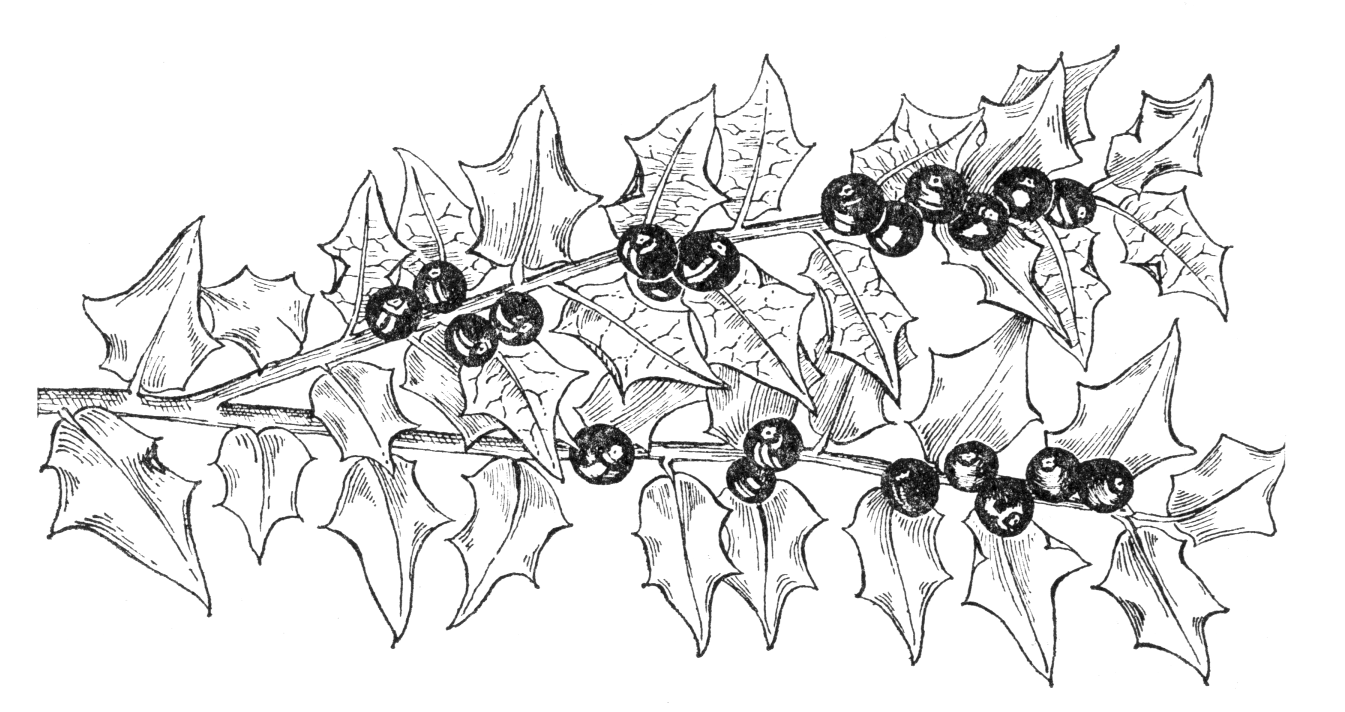Ilex pernyi
Credits
Article from Bean's Trees and Shrubs Hardy in the British Isles
Recommended citation
'Ilex pernyi' from the website Trees and Shrubs Online (treesandshrubsonline.
Genus
Infraspecifics
Other taxa in genus
- Ilex × altaclarensis
- Ilex aquifolium
- Ilex bioritsensis
- Ilex buergeri
- Ilex cassine
- Ilex ciliospinosa
- Ilex corallina
- Ilex cornuta
- Ilex crenata
- Ilex cyrtura
- Ilex decidua
- Ilex dipyrena
- Ilex fargesii
- Ilex forrestii
- Ilex geniculata
- Ilex glabra
- Ilex hayatana
- Ilex hookeri
- Ilex integra
- Ilex intricata
- Ilex kingiana
- Ilex laevigata
- Ilex latifolia
- Ilex linii
- Ilex macrocarpa
- Ilex melanotricha
- Ilex mitis
- Ilex montana
- Ilex nothofagifolia
- Ilex opaca
- Ilex pedunculosa
- Ilex perado
- Ilex purpurea
- Ilex rotunda
- Ilex rubra
- Ilex rugosa
- Ilex serrata
- Ilex shennongjiaensis
- Ilex spinigera
- Ilex verticillata
- Ilex vomitoria
- Ilex yunnanensis
An evergreen small tree occasionally 20 to 30 ft high in the wild, more often a shrub half as high; branches stiff, densely furnished with leaves, and clothed with a short dense pubescence when young. Leaves squarish at the base, with a long triangular apex and two large spines, and often a smaller one, at each side, 5⁄8 to 2 in. long, 3⁄8 to 1 in. wide, dark glossy green, leathery; stalk 1⁄12 in. long, at first downy like the young shoot. Flowers pale yellow, produced in minute axillary clusters, the sepals roundish and edged with minute hairs. Fruits stalkless or nearly so, red, roundish oblong, 1⁄4 in. in diameter, with two to four stones.
Native of Central and W. China; discovered in 1858 by the Abbé Perny; introduced by Wilson for Messrs Veitch in 1900. It appears to be widely spread and common in certain parts of China. It bears most resemblance to I. cornuta, but its smaller leaves, with the apices much more elongated, and its downy shoots distinguish it. Its habit, when young at least, is slenderly pyramidal and very shapely, and altogether it is a charming addition to dwarf, slow-growing evergreens. Paul Perny, after whom it is named, was a courageous French missionary who worked in the province of Kweichow between 1848 and 1862. He was the first naturalist who explored that province, which he is said to have originally entered in the guise of a Chinese beggar.
var. veitchii Hort. ex Bean
Synonyms
I. veitchii Veitch nom. nud .
I. pernyi f. veitchii (Bean) Rehd.
I. bioritsensis var.ovatifolia Li

